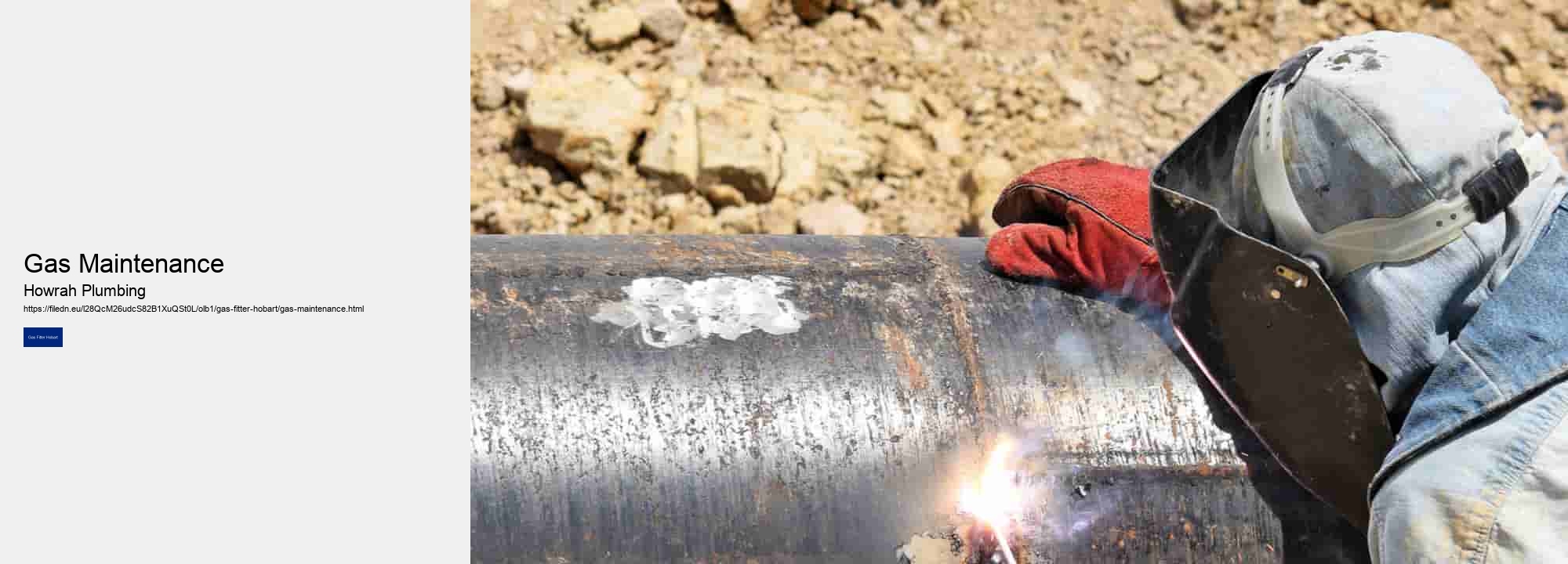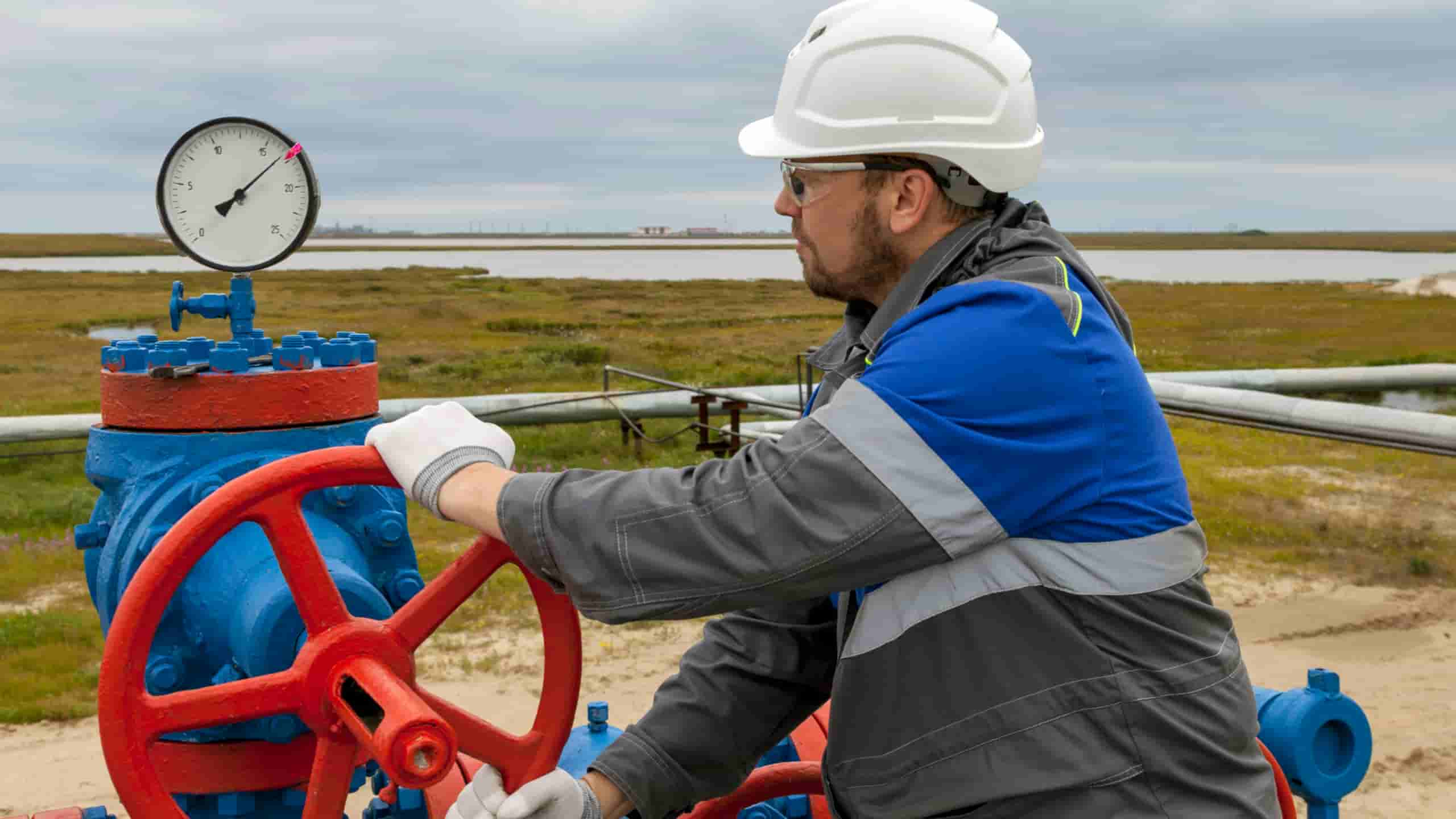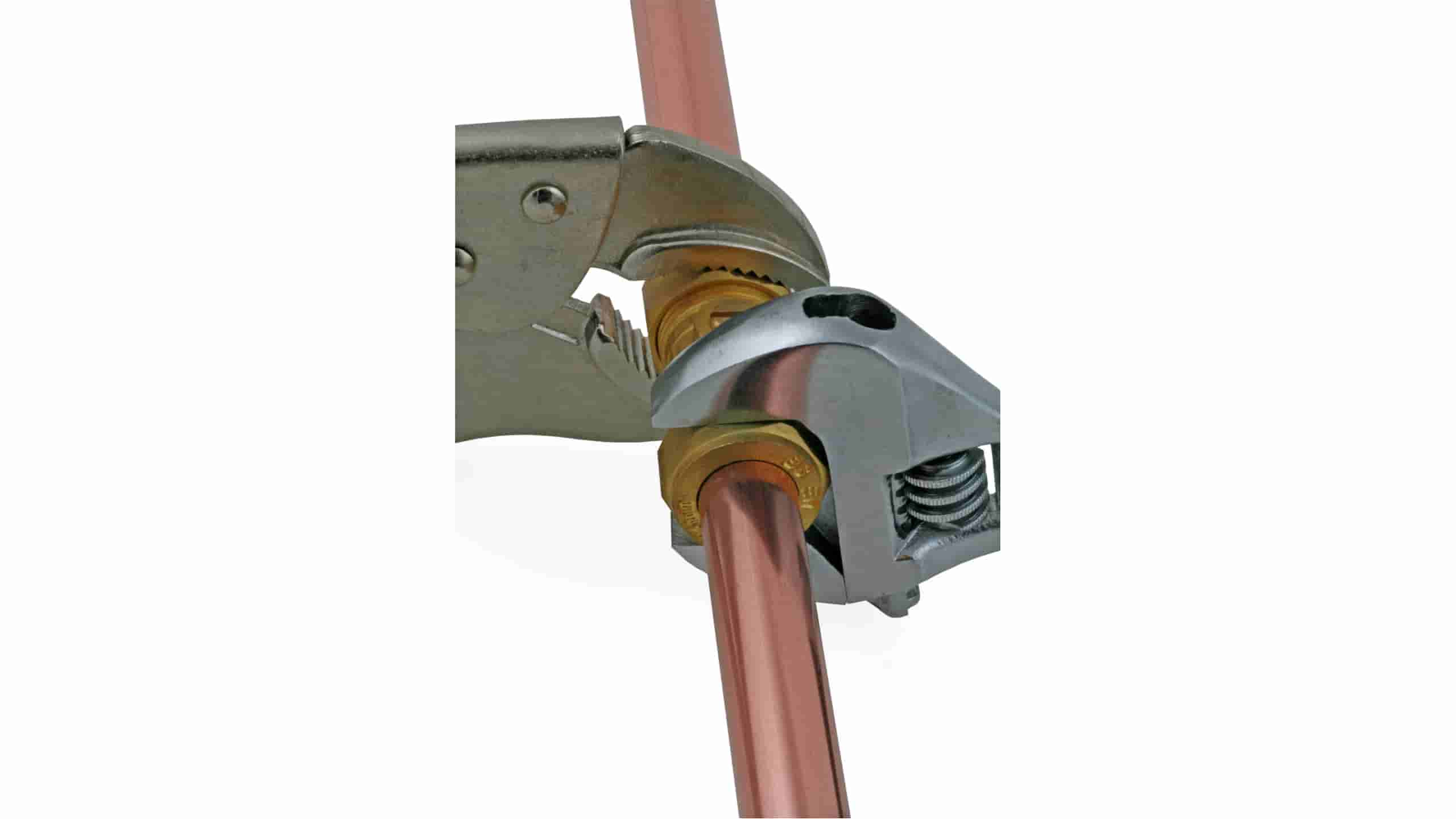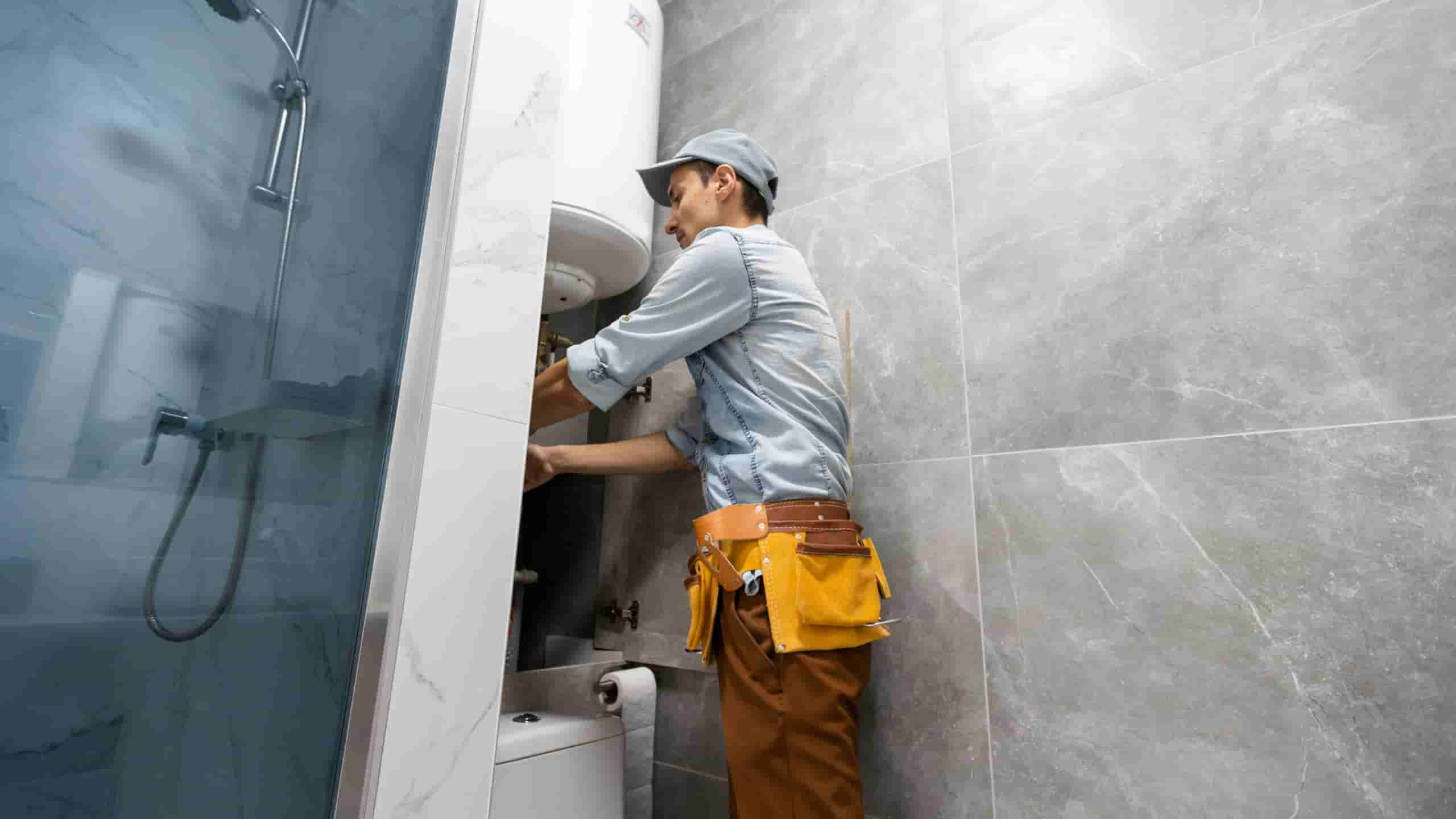

However, their line of work comes with its fair share of challenges that they must navigate on a daily basis. One major challenge faced by gas fitters is the potential risks associated with working with natural gas. Gas leaks can be extremely dangerous and even deadly if not handled properly. Gas fitters must be well-trained in detecting leaks, repairing faulty equipment, and ensuring that all necessary safety measures are in place to prevent accidents. Another challenge for gas fitters is staying up-to-date with constantly evolving technologies and regulations.
Additionally, gas fitters often work in high-pressure situations where quick thinking and problem-solving skills are essential. They may be called upon to respond to emergencies or troubleshoot complex issues under tight deadlines, requiring them to remain calm and focused under stress. Furthermore, working as a gas fitter can be physically demanding as it often involves lifting heavy equipment, bending into awkward positions, and working in cramped spaces. This can lead to fatigue and strain on the body over time.
By staying informed, practicing caution, honing their technical abilities, and taking care of their physical health, gas fitters can successfully navigate these obstacles and continue providing essential services to their communities. How to become a certified gas fitter in your stateIf you're looking to become a certified gas fitter in your state, there are several steps you'll need to take to achieve this goal. Being a gas fitter is a rewarding career that requires a high level of skill and expertise in working with gas systems and appliances. The first step in becoming a certified gas fitter is to research the requirements set forth by your state's licensing board or regulatory agency.
Once you understand the requirements for certification in your state, you'll need to complete any necessary training or education programs. This may include completing an apprenticeship program, attending technical school, or obtaining relevant work experience under the supervision of a licensed gas fitter. After completing the required training or education program, you'll need to pass any exams or assessments mandated by your state's licensing board. These exams will test your knowledge and skills in working with gas systems and appliances, as well as ensuring that you understand and can follow safety protocols.
Once you have successfully completed all necessary training, education, and examinations, you can apply for certification through your state's licensing board. This application process may require submitting proof of completion of training programs, passing exam scores, and any other documentation required by the board. Upon approval of your application for certification as a gas fitter in your state, you will officially become a certified professional capable of safely installing and maintaining gas systems and appliances. It's important to stay current on industry standards and regulations to maintain your certification status and continue providing high-quality service as a gas fitter. In conclusion, becoming a certified gas fitter is an attainable goal that requires dedication, hard work, and commitment to learning.
How to properly install and maintain gas appliancesInstalling and maintaining gas appliances is crucial for the safety and efficiency of your home. Whether you are installing a new appliance or simply need to ensure that your current ones are working properly, following proper procedures is essential. When it comes to installing gas appliances, it is important to first consult with a professional. Gas appliances can be dangerous if not installed correctly, so hiring a qualified technician will ensure that everything is done safely and up to code.
They will be able to properly connect the appliance to the gas line, check for any leaks, and make sure that all connections are secure. Once your gas appliances are installed, it is important to regularly maintain them to keep them running smoothly. This includes cleaning filters, checking for any signs of wear or damage, and scheduling regular inspections by a professional. Regular maintenance will not only extend the life of your appliances but also help prevent potential hazards such as gas leaks or carbon monoxide poisoning. In addition to proper installation and maintenance, there are some general tips for ensuring the safety of your gas appliances.
Keep combustible materials away from the appliance and always follow manufacturer's instructions for operation. By following these guidelines for installing and maintaining gas appliances, you can enjoy peace of mind knowing that your home is safe and efficient. Remember: when it comes to gas appliances, safety should always come first. How to troubleshoot common gas fitting issuesGas fittings are an essential part of any household or commercial space, as they facilitate the safe and efficient flow of gas to various appliances.

However, like any other system, gas fittings can sometimes face issues that may disrupt their functionality. In such cases, it is crucial to troubleshoot these common problems promptly to ensure the safety and smooth operation of the gas system. One of the most common gas fitting issues is a leak. A gas leak can be extremely dangerous, as it poses a significant risk of fire or explosion.
Turn off the main gas supply immediately and ventilate the area by opening windows and doors. Avoid using any electrical devices or creating sparks in the vicinity, as they could ignite the leaked gas. To locate a gas leak, you can use soapy water or a commercial leak detection solution.
Once you have identified the source of the leak, tighten loose connections or replace damaged fittings. It is recommended to seek professional help if you are unsure about handling gas leaks yourself. Another common issue with gas fittings is low pressure or insufficient flow of gas to appliances.
This could be due to blockages in pipes, faulty regulators, or inadequate supply from the main line. To troubleshoot this problem, check for any obstructions in the pipes and clear them if necessary. Inspect regulators for damage or wear and tear – replace them if needed. If you are experiencing inconsistent flames on your stove or heater, it could indicate a problem with your burner jets or nozzles.
Regular maintenance and inspection of your gas fittings can help prevent common issues from occurring in the first place. Ensure that all fittings are properly installed by qualified professionals and comply with safety standards. In conclusion, troubleshooting common gas fitting issues requires caution and diligence to ensure safety and efficiency in your gas system.
Remember that when in doubt, always seek assistance from trained professionals to handle complex issues effectively. How to ensure your gas fittings are up to codeEnsuring that your gas fittings are up to code is crucial for the safety and well-being of everyone in your home or building. Gas leaks can be extremely dangerous, potentially leading to fires, explosions, or even carbon monoxide poisoning.
One of the first steps in ensuring that your gas fittings are up to code is to hire a qualified professional to handle the installation and maintenance of your gas appliances and fixtures. This may include a licensed plumber or HVAC technician who is knowledgeable about gas systems and has experience working with them. These professionals will know the specific requirements for gas fittings in your area and will be able to ensure that everything is done correctly.

When having new gas fittings installed, it's important to check that they meet all relevant building codes and standards. This includes making sure that the materials used are approved for use with natural gas or propane, that all connections are secure and leak-proof, and that any necessary permits have been obtained before work begins. Regular maintenance is also key when it comes to keeping your gas fittings up to code. This may involve inspecting them regularly for signs of wear or damage, checking for leaks or other issues, and performing any necessary repairs as soon as possible. It's also a good idea to have your gas appliances serviced annually by a professional to ensure they are running safely and efficiently. In addition to hiring qualified professionals and staying on top of maintenance tasks, there are some other steps you can take to ensure your gas fittings are up to code.
By following these guidelines and taking proactive measures to keep your gas fittings in compliance with local codes, you can help protect yourself and others from the dangers associated with faulty gas installations. Remember: when it comes to gas safety, it's always better to be safe than sorry. How to safely work with natural gas linesNatural gas is a versatile and cost-effective source of energy that many of us rely on for heating our homes, cooking our food, and even fueling our vehicles. However, working with natural gas lines can be dangerous if not done properly. It is important to take the necessary precautions to ensure your safety and the safety of those around you.
Make sure to shut off the gas supply at the main valve before making any repairs or modifications. This will prevent any accidental leaks or releases of natural gas into the surrounding area. Before starting any work on natural gas lines, always wear appropriate personal protective equipment such as gloves, safety glasses, and a mask to protect yourself from potential hazards. Additionally, make sure to have a fire extinguisher nearby in case of emergencies. When using tools or equipment near natural gas lines, be cautious and avoid causing any damage that could lead to a leak.
If you detect a strong smell of natural gas or suspect a leak while working on gas lines, evacuate the area immediately and contact your local utility company or emergency services for assistance. Do not attempt to fix the issue yourself as this could pose serious risks to your safety. In conclusion, working with natural gas lines requires caution and attention to detail. By following these guidelines and taking proper safety measures, you can safely work with natural gas lines without putting yourself or others at risk. Remember that safety should always be your top priority when dealing with potentially hazardous materials like natural gas.
How to protect yourself from gas leaks in the homeGas leaks in the home can be a serious safety concern that requires immediate attention. Whether it's natural gas or propane, leaking gas can pose a risk of fire, explosion, and even carbon monoxide poisoning. It's important to take proactive steps to protect yourself and your loved ones from the dangers of gas leaks. The first step in protecting yourself from gas leaks is to be aware of the signs of a potential leak.
If you suspect a gas leak, it's crucial to evacuate the area immediately and call your local gas company for assistance. To prevent gas leaks from occurring in the first place, regular maintenance of your gas appliances is key. Make sure to have your furnace, water heater, stove, and other appliances inspected by a professional at least once a year.
Never attempt to repair or modify your own gas lines – always leave that job to trained professionals. Investing in carbon monoxide detectors is another important step in protecting yourself from potential gas leaks. Carbon monoxide is an odorless, colorless gas that can be produced by faulty heating systems or appliances – and it can be deadly if undetected.

Gas Fitters offer a range of services including installation of gas lines, repair of gas appliances, gas leak detection, and maintenance of gas systems to ensure optimal performance and safety.
If you smell gas, leave the area immediately, avoid using any electrical appliances or switches, and call your gas supplier's emergency line and a licensed Gas Fitter for assistance.
Yes, Gas Fitters can assist with converting appliances to run on different types of gas, ensuring they are properly connected and calibrated for safe and efficient operation.